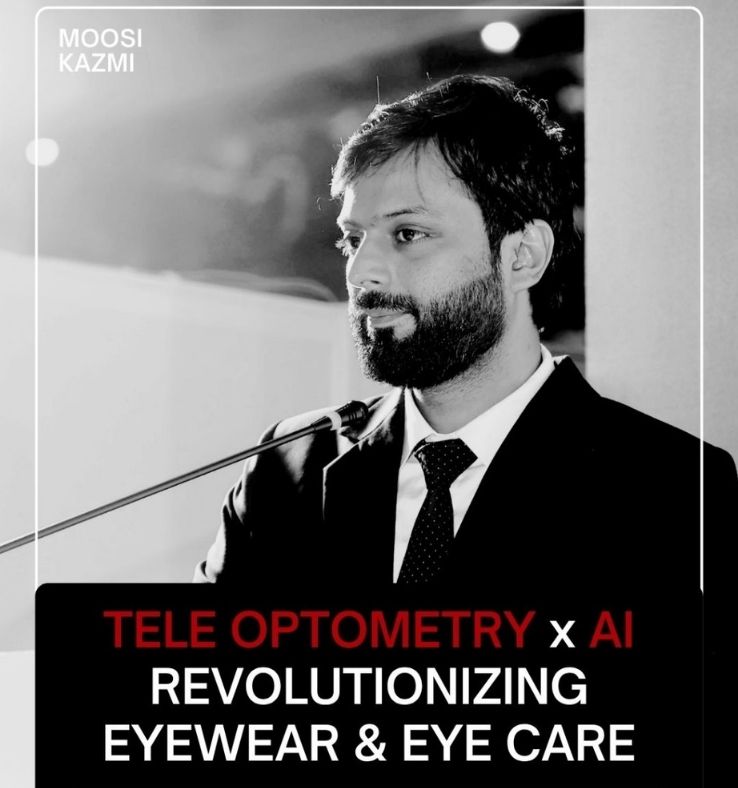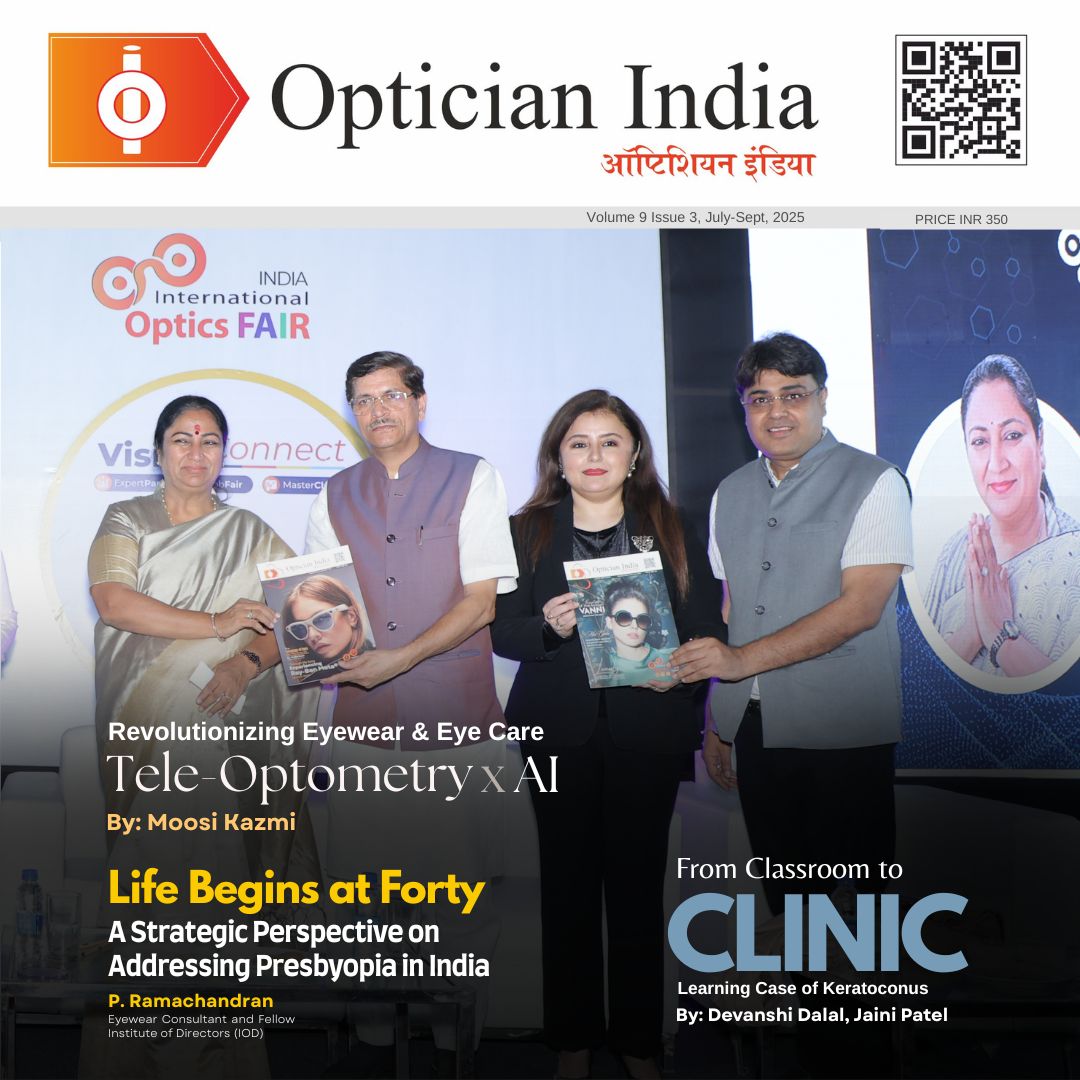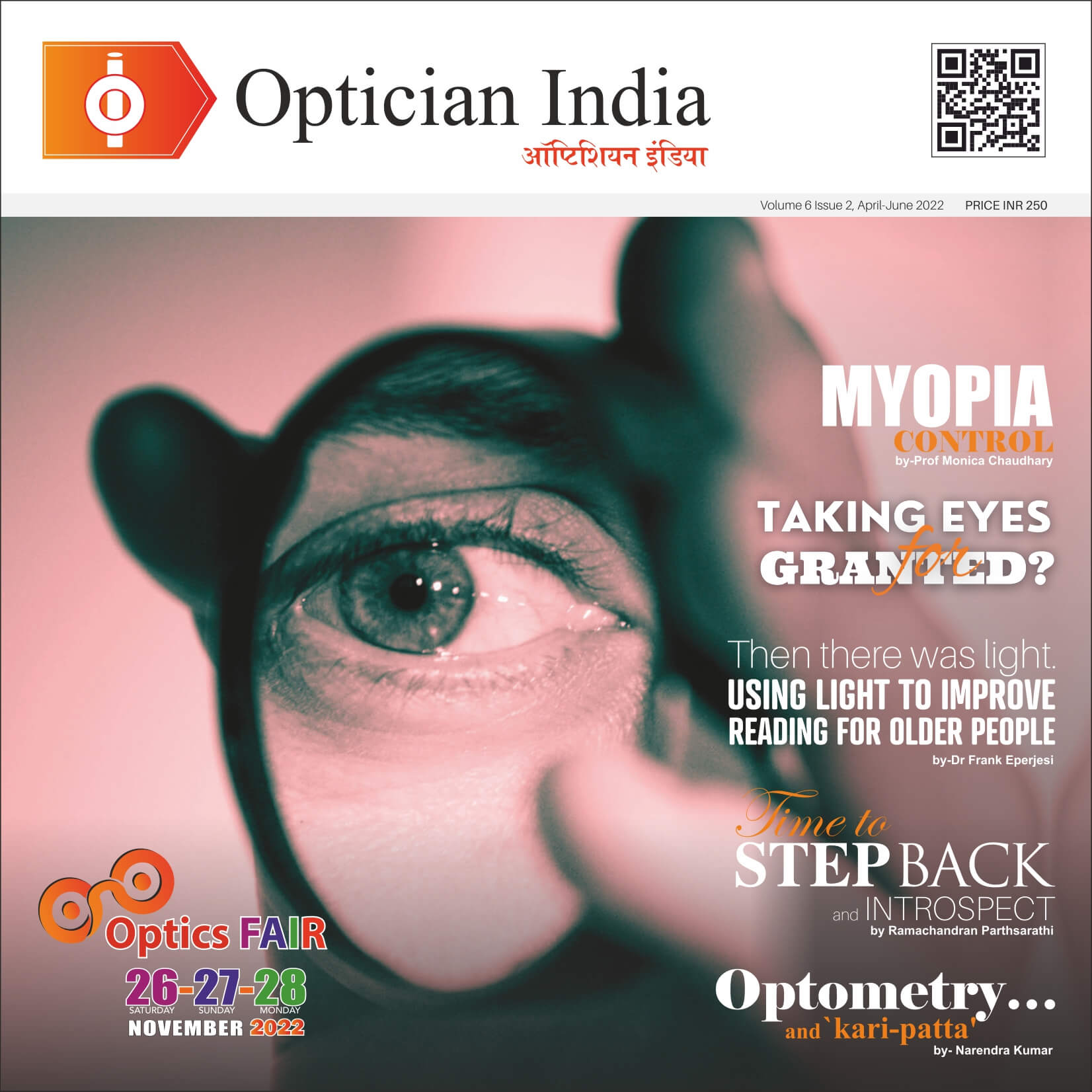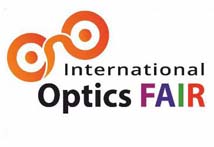World AIDS Day: The Unseen Connection between AIDS and Eye Problems
_(2).jpg)
December 1st marks World AIDS Day, a global initiative to raise awareness about AIDS (Acquired Immunodeficiency Syndrome) and HIV (Human Immunodeficiency Virus). While the focus is often on the overall health implications of AIDS, there is a lesser-known connection between AIDS and eye problems. In this article, we will delve into the relationship between AIDS and eye health, highlighting the importance of awareness and timely intervention.
AIDS and the Immune System
AIDS is a chronic and life-threatening condition caused by the HIV virus. The virus attacks the body's immune system, specifically targeting CD4 cells (T cells), which play a crucial role in fighting off infections. As the immune system weakens, the body becomes more susceptible to opportunistic infections and diseases, including those that affect the eyes.
Eye Problems Associated with AIDS
People living with AIDS are at a higher risk of developing various eye problems, including:
1. CMV Retinitis: A viral infection that causes inflammation of the retina, leading to vision loss and even blindness.
2. Kaposi's Sarcoma: A type of cancer that can affect the eyes, causing lesions on the conjunctiva, cornea, or retina.
3. Toxoplasmosis: A parasitic infection that can cause inflammation of the retina, leading to vision loss.
4. Cataracts: A clouding of the lens in the eye, which can cause vision loss and blindness.
5. Dry Eye Syndrome: A condition characterized by dryness and irritation of the eyes, often caused by antiretroviral therapy (ART).
 |
Diagnosis and Treatment
Early diagnosis and treatment are crucial in managing eye problems associated with AIDS. Regular eye exams can help detect these conditions, and timely intervention can prevent vision loss and blindness.
Antiretroviral therapy (ART) is the primary treatment for HIV/AIDS, and it can also help manage eye problems associated with the condition. However, ART can also cause side effects, such as dry eye syndrome, which need to be addressed.
 |
Prevention and Awareness
Prevention and awareness are key in managing eye problems associated with AIDS. Here are some ways to prevent eye problems:
1. Practice safe sex: Use condoms and other forms of protection to prevent the transmission of HIV.
2. Get tested: Regular HIV testing can help detect the virus early, and timely treatment can prevent eye problems.
3. Adhere to ART: If you are living with HIV/AIDS, adhere to your ART regimen to manage the virus and prevent eye problems.
4. Get regular eye exams: Regular eye exams can help detect eye problems associated with AIDS, and timely intervention can prevent vision loss and blindness.
  |
Conclusion
AIDS and eye problems are closely linked, and it is essential to raise awareness about this connection. On World AIDS Day, we must remember that AIDS is not just a health issue, but also a social and economic one. By promoting awareness, prevention, and timely intervention, we can reduce the burden of eye problems associated with AIDS and improve the quality of life for people living with HIV/AIDS.
 |
Let us come together to raise awareness about AIDS and eye problems, and to promote a world where people living with HIV/AIDS can lead healthy and fulfilling lives.


.jpg)
.jpg)
.jpg)
.jpg)


1.jpg)



.jpg)
.jpg)



_(Instagram_Post).jpg)
.jpg)
_(1080_x_1080_px).jpg)


with_UP_Cabinet_Minister_Sh_Nand_Gopal_Gupta_at_OpticsFair_demonstrating_Refraction.jpg)
with_UP_Cabinet_Minister_Sh_Nand_Gopal_Gupta_at_OpticsFair_demonstrating_Refraction_(1).jpg)

.jpg)








.jpg)



.png)




